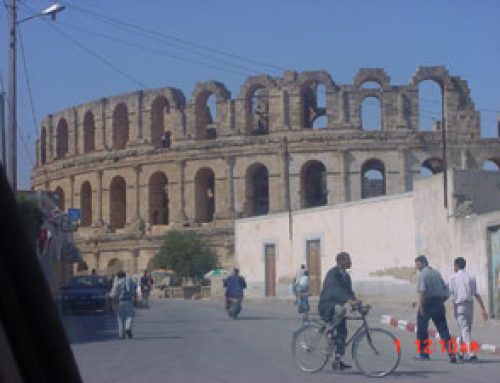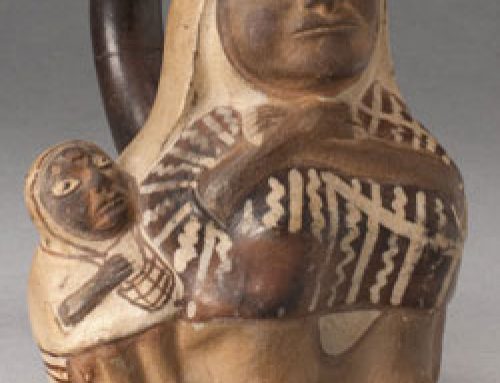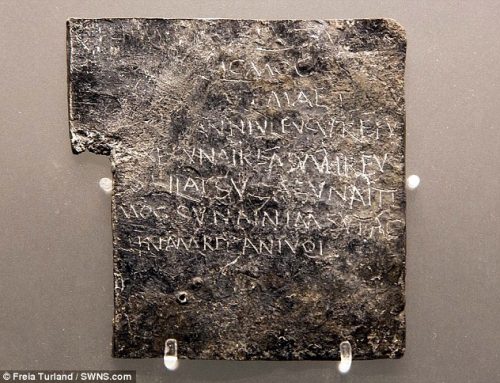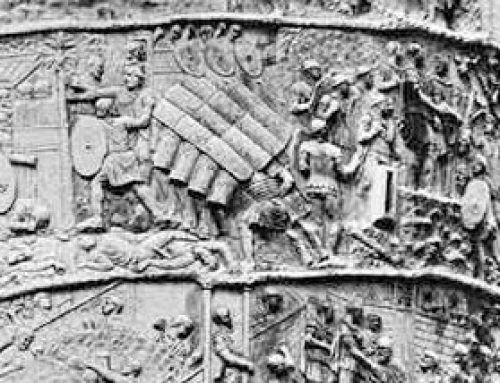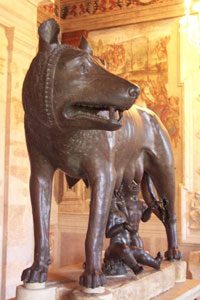
Capitoline wolf: Bronze wolf from early Rome.
When the Romans first got rich enough to make good art, about 500 BC, they learned how from the people they traded with: the Etruscans, and the Greeks. But the Etruscans and the Greeks liked to make their statues beautiful. Roman art was more interested in keeping it real. The Romans liked portraits that really looked like one particular person. And, like the Etruscans and the Carthaginians, Romans liked their statues to keep their clothes on.

The Roman general Marius
A lot of people living in Rome seem to have even believed that having a good image of somebody’s face was important to keeping their ghost happy after they died so they wouldn’t haunt you. So Roman artists sold a lot of portraits.

The carved frieze on the Ara Pacis shows Augustus and his household going to perform a traditional religious sacrifice.
But Roman art changed a lot in the 100s BC, when the Romans conquered Greece, when Roman artists saw a lot of Greek art. The Romans thought the Greeks were super cool, so whatever the Greeks were doing in art, the Romans wanted some. They took a lot of the Greek art home with them on ships, and they also brought back Greek artists (often as slaves) to make more art in Rome. Augustus‘ Ara Pacis, for example (the Altar of Peace), shows a lot of influence from Greek art in the fancy swirls on the front, in the frieze which is so much like the Parthenon frieze, and in the meanders underneath the frieze. But it is still a portrait of Augustus and his family in a real procession.

